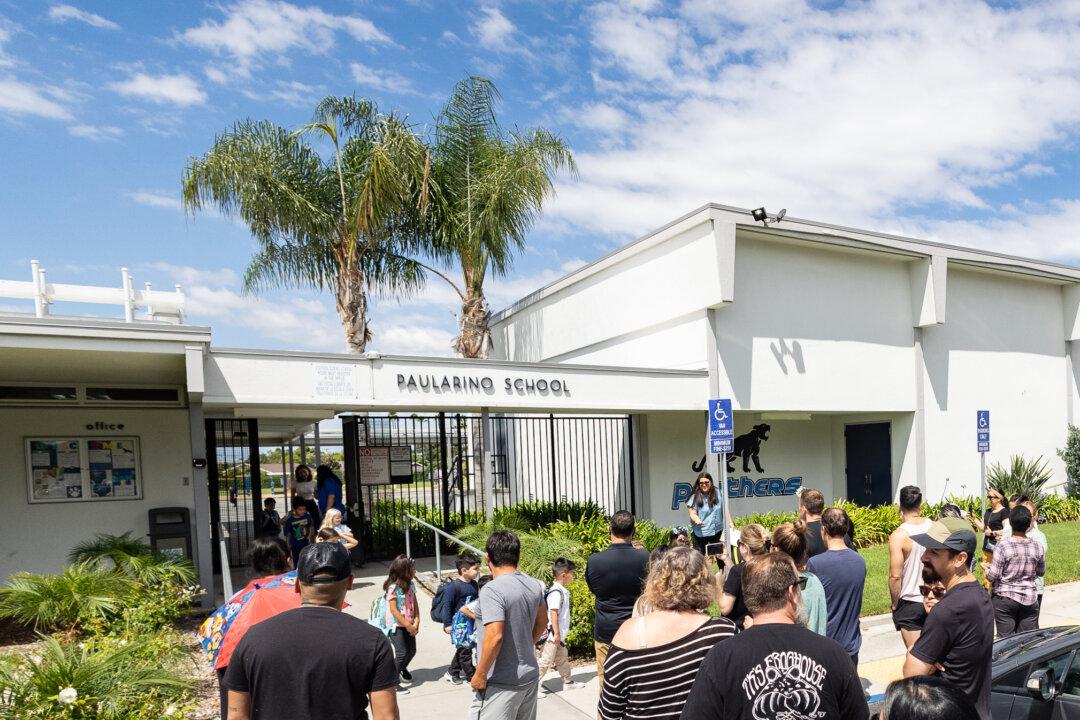Commentary
Newport-Mesa Unified School District (NMUSD) in Orange County, Calif., is considering issuing another voter-approved bond to pursue building improvements.

Newport-Mesa Unified School District (NMUSD) in Orange County, Calif., is considering issuing another voter-approved bond to pursue building improvements.